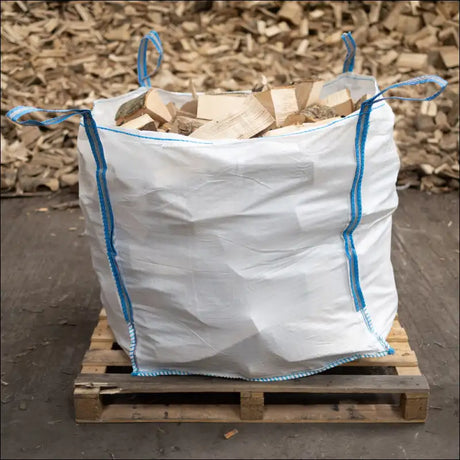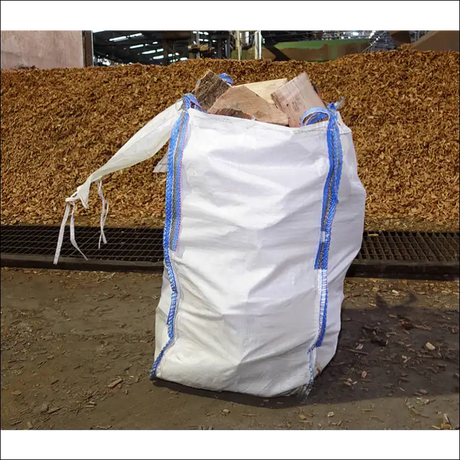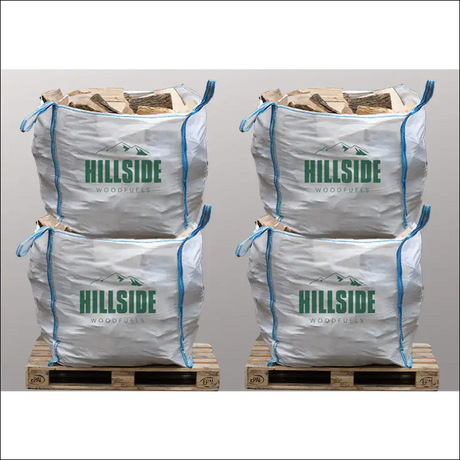Kiln dried logs represent an Eco-conscious approach to indoor heating and outdoor ambience creation. However, preserving their quality necessitates proper storage. This article provides tips on the ideal storage conditions for kiln dried logs to retain their superior burn efficiency, low emissions, and longevity.
Understanding Kiln Dried Logs
Kiln drying reduces the moisture content in logs to around 20% or lower through the use of high heat in a specialized 'kiln' oven. The decreased moisture makes the logs lighter, easier to transport and free of pests. It also enhances their combustion ability for greater heat output. Kiln dried logs allow us to access clean, renewable energy while minimizing negative impacts on the environment.
Why Proper Storage Matters
Storing kiln dried logs correctly preserves their precise moisture content, a key factor influencing their efficiency and low carbon footprint. Improper storage can introduce moisture, resulting in poorer burning, wasted energy and increased smoke and ash. It may also encourage pest infestations or decay. Well-informed storage practices therefore demonstrate a commitment to quality and sustainability.
Ideal Storage Conditions
-
Location - Store in a dry, well-ventilated area safeguarded from weather fluctuations. Watch out for dampness.
-
Air Circulation - Allow space between logs for air to flow freely. This maintains dryness.
-
Off the Ground - Use a platform or pallets to keep logs from absorbing ground moisture.
Consequences of Improper Storage
-
Decay - Excess moisture encourages mold growth which deteriorates wood quality.
-
Pests - Damp logs attract insects which can spread across the storage space.
-
Loss of Efficiency - Absorbed moisture increases weight and lowers heat output of logs during burning.
-
Higher Emissions - Wet logs mean more smoke and harmful combustion by-products.
Recommended Handling Practices
-
Lift logs off the ground using pallets to prevent moisture absorption.
-
Allow space between logs for optimal air circulation.
-
Wear gloves when handling to avoid splinters; carry smaller loads to prevent injury.
Incorporating Best Practices
-
Use a hygrometer to monitor humidity levels around 20%.
-
Facilitate airflow by keeping space between logs and distance from walls.
-
Store off the ground to safeguard against dampness and pests.
Common Mistakes to Avoid
-
Exposing logs to weather elements like rain or snow leading to re-absorption of moisture.
-
Stacking logs haphazardly so they restrict ventilation and breed mold.
-
Creating unsafe, unstable log piles by improper stacking.
The Impact of Weather
-
Precipitation contributes to log rehydration, lowering efficiency.
-
Extreme sun may over-dry logs, causing cracking and uneven burning.
-
Balance between dryness and moisture must be maintained through covered, ventilated storage.
Helpful Tools and Equipment
-
Log racks for off-ground storage allowing airflow.
-
Waterproof covers like tarps that provide weather protection without sacrificing ventilation.
-
Log splitters to achieve uniform log sizes for even drying.
-
Moisture meters to monitor wood moisture content.
Preserve Quality with Proper Storage
The exceptional quality of kiln dried logs must be maintained through strict adherence to ideal storage conditions. Keep logs in a covered, ventilated log store, elevated off the damp ground. Follow these procedures to retain the sustainability benefits and elite performance of your kiln dried logs.






